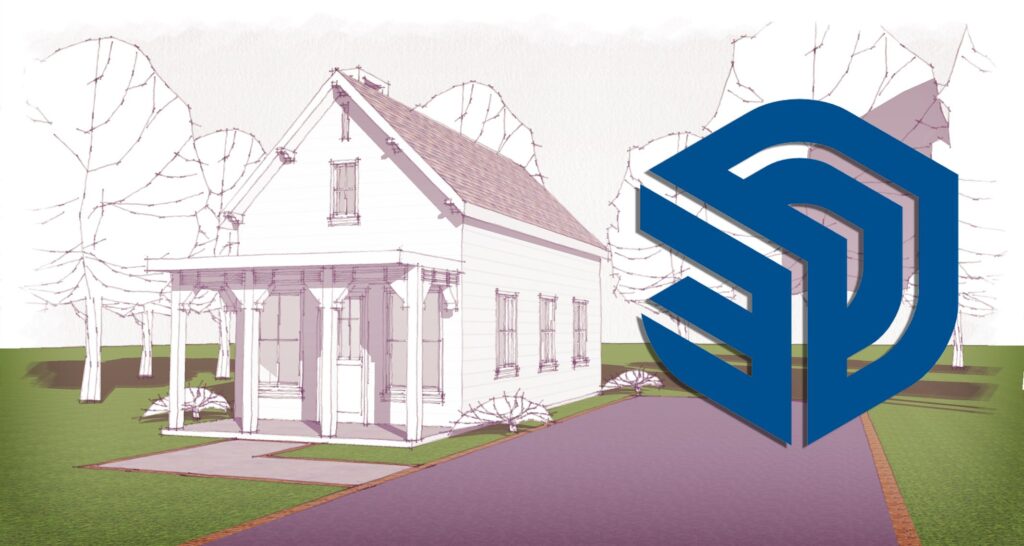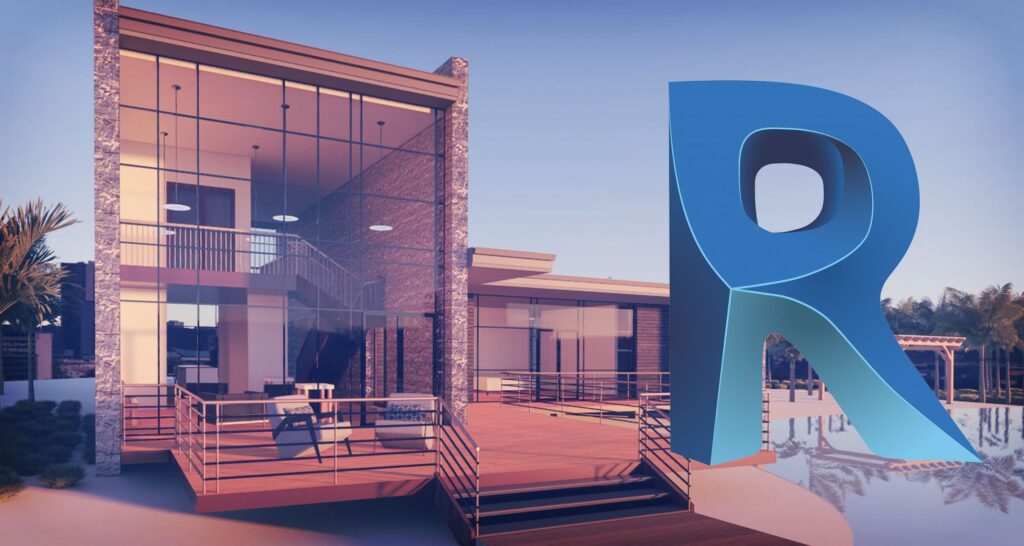Five Ways BIM Is Changing Architecture

BIM is a 3D modeling system that allows architects and designers to develop their building design in a virtual environment, but its greater possibilities are emerging each day. BIM can help firms create more efficient and accurate designs, but it can also help us adapt for new opportunities. Below, you will see some important ways that BIM is changing our industry, and some opportunities for Architects to make so BIM will become your innovation asset instead of liability.
- BIM Has Created A Mirror Of The Final Product.
BIM has the ability to create a digital twin of the building, which can be used for simulations of how different design choices will impact the building’s performance. In the early days, this was very crude code, but now, with the evolution of visual programming, and data science, a novice user of programming products like Dynamo in Revit has the ability to systematize the virtual building and solve problems long before they occur. The opportunity for Architects in the mirror universe is an applied understanding of how our design will be built. Architects need to review their designs pre and post construction with BIM in mind for this to be a plus. - BIM Has Paralleled Cloud Collaboration.
BIM is now providing a radical opportunity to collaborate on models with other designers, engineers, contractors and subcontractors. The teleconference of the past with a TV screen and speaker phone has now been divided across several applications from Revit, to Bluebeam to Adobe and beyond. When all your consultants are using a new system and you’re in the past, how can you save your client from paying that cost. Architects looking to take on larger projects will need to have skills in the new collaborative economy. - BIM Has Democratized Construction.
BIM now can be used as a collaboration tool between all parties involved in the construction process. This is not merely having a set of drawings, but General Contractors and even trades having the latest the BIM programs able to process changes at the speed of light. How far will Architects take this challenge to their process? If the goal is to prosper beyond this revolution, then looking at this collaboration will require more serious thought and preparation to working with BIM design skills trades. - BIM Is Getting More Beautiful.
Architects can now use BIM to visualize their designs in ways just as creative and provoking as the artistic processes of old. The jump in computer graphics from Tron to Toy Story has now traveled light years, and is giving Architects faster than ever capabilities of photoreal simulations for designs. These abilities will require Architects to go beyond clicking the button, and really require the skill of their teams to wield BIM like a brush. - BIM Is Rewriting Client Expectation.
One thing always on the mind of firm owners is the matched expectations with clients. Systems like BIM are helping to win clients with a higher expectations and higher budgets. The only way to match these expectations, however, whether in project development, sustainable and analytical technologies, or simply visualization and VR skills, is to train your staff accordingly. Architect firms with top teams possessing top BIM skills in the newest methods, typically grow and increase client satisfaction throughout the landscape of a project and different industry cycles. Architects will need to invest in BIM training to keep better clients happy, a return value that will be well worth it.
In Conclusion, BIM is a becoming a radical part of the new Architecture Industry, while at the same time, requiring Architects to keep it as a partner in industry growth. BIM is a child of industry processes and alignment with technology, and will not be going away anytime soon. Architects wanting to embrace BIM will need to be developing skills at all levels.
I Am The Studio offers courses in BIM design and building software like Revit, Rhino and SkethcUP, and we also have link for developing greater technology skills from Thinkparametric who help train Architects and AEC firms in collaborative applications like Navisworks and Dynamo skills, as well as project visualization systems like Ladybug for Rhino. You can see links below to start your journey empowered in the age of BIM.
Get Started With Design Courses @ I Am The Studio (here) Sign Up For Our Newsletter (here)
Get Started With Technology Courses and Certifications @ ThinkParametric (here – affiliate link)
Here are some courses to improve your visualization skills in some top programs.

Brandon A. Gibbs is the Founder of I Am The Studio,
Creative Director of MotionFORM, Content Creator @ ThinkParametric. Brandon is a licensed Architect, previously at Bauer Askew Architecture. Follow him on Twitter @iamthestudio



